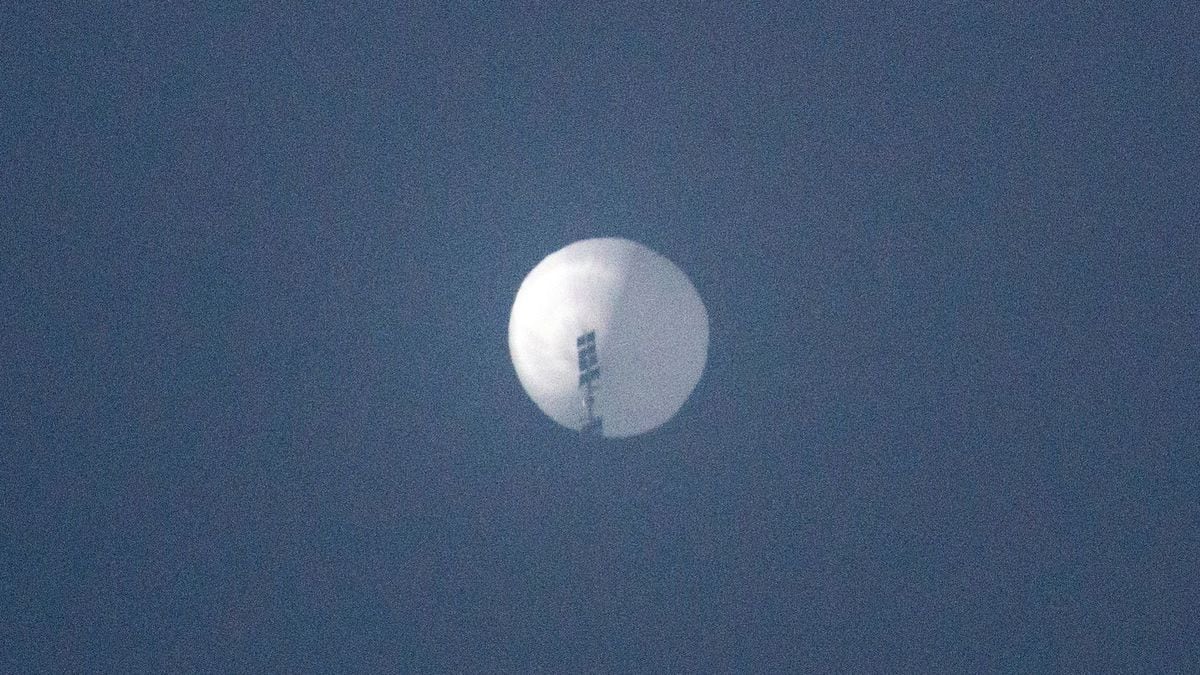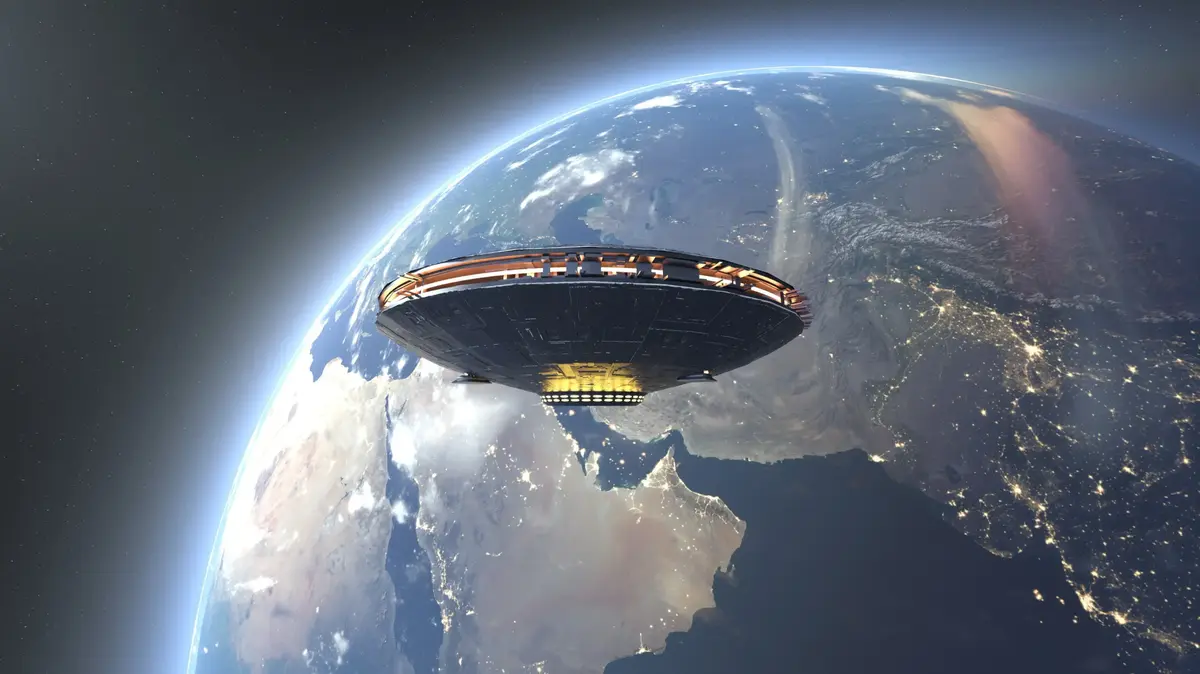The detection of a hot air balloon within the airspace of the United States, on January 28, has started a chain of events that in two weeks has caused unprecedented aerial military actions over North American territory in peacetime, a serious diplomatic slump between Washington and Beijing, and a wave of fanciful speculation about possible extraterrestrial flying objects.
The balloon in question was shot down by the US Air Force over the Atlantic on February 4, after crossing the country for a week from coast to coast at an altitude of about 18,000 meters.
It was carrying a device the size of a small commercial plane.
According to the US, it was a Chinese espionage device.
China protested, claiming it was meteorological measuring equipment blown off course by the wind.
Amid the exchange of accusations, US Secretary of State Antony Blinken postponed a trip to China that was due to begin on February 3.
Instead, he told his counterpart Wang Yi by phone that the US considered the hot air balloon an "irresponsible action" and a violation of its sovereignty.
The US military managed to recover some fragments of the device and reaffirms the accusation of espionage, although until Tuesday it had not shown evidence.
In its protests, China claims it has detected as many as 10 incursions by US spy balloons into its territory in the past year.
The White House denies it.
He told his counterpart Wang Yi by phone that the US considered the hot air balloon an "irresponsible action" and a violation of its sovereignty.
The US military managed to recover some fragments of the device and reaffirms the accusation of espionage, although until Tuesday it had not shown evidence.
In its protests, China claims it has detected as many as 10 incursions by US spy balloons into its territory in the past year.
The White House denies it.
He told his counterpart Wang Yi by phone that the US considered the hot air balloon an "irresponsible action" and a violation of its sovereignty.
The US military managed to recover some fragments of the device and reaffirms the accusation of espionage, although until Tuesday it had not shown evidence.
In its protests, China claims it has detected as many as 10 incursions by US spy balloons into its territory in the past year.
The White House denies it.
China says it has detected as many as 10 incursions by US spy balloons into its territory in the past year.
The White House denies it.
China says it has detected as many as 10 incursions by US spy balloons into its territory in the past year.
The White House denies it.
The diplomatic exchange has been peppered with three other even more shocking incidents.
Between February 10 and 12, US planes shot down three “unidentified objects” in the air, in the strange terminology used by Washington, one of them over Canadian territory under orders from Prime Minister Justin Trudeau.
The first data indicates that they are smaller devices than the first and that they flew at a low altitude, between 6,000 and 12,000 meters.
Nothing is known about the nature of these flying objects, whose only connection with espionage is, for now, having coincided with the escalation of accusations and with an elevation of the alert on the joint airspace of North America as a result of the first incident.
The world is astonished at a new and unexpected episode of the geopolitical confrontation awaiting clarifications that, at this point, are unavoidable.
To get an idea of the confusion, it is enough to point out that the White House had to expressly deny that they are flying objects of extraterrestrial origin: aliens.
Authorities later admitted that they may be commercial or research artifacts.
Beyond the comic aspect of this latest statement, it is a rhetorical confrontation between two powers that has overshadowed a carefully planned moment of rapprochement and stabilization of tension.
US diplomacy contemplates the possibility that Blinken and Yi could speak face to face during the Munich Security Conference that takes place between Friday and Sunday.
Whether it happens or if it is postponed until the G-20 meeting in March, it is desirable that an in-person dialogue be resumed that overcomes the broken phone on account of the alleged spy balloon.
Both countries are willing to tone down the trade standoff, high-tech competition and mutual threats over Taiwan.
However, in the short term,






